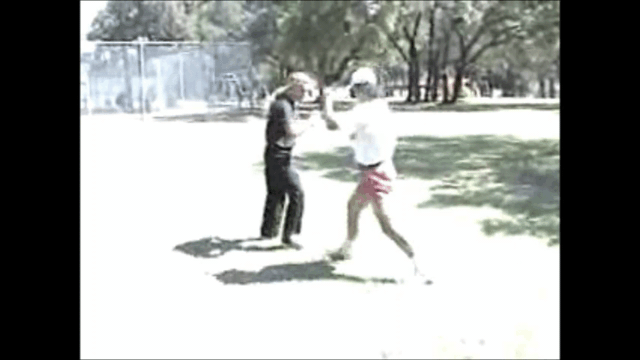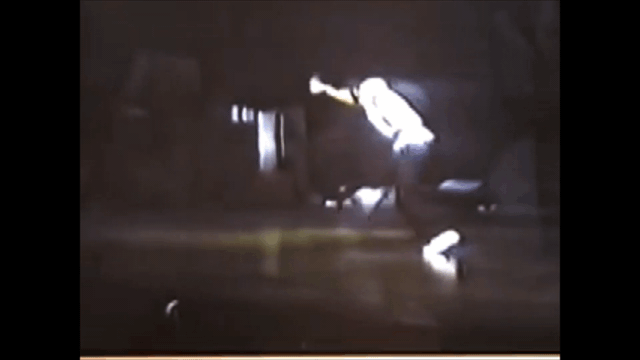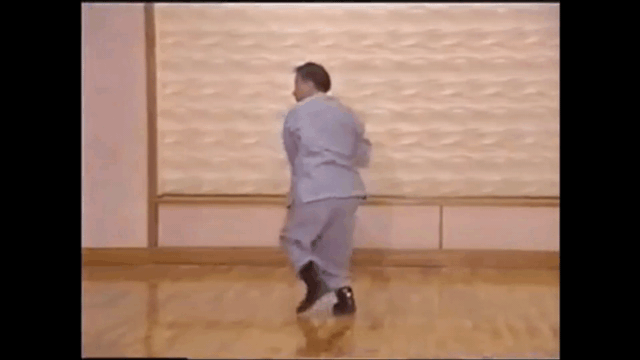how about straightening the arm and letting you run away
Maybe we look at movement a little different
Some "general" methods of training
understanding there is overlap...as needed..
Technique-Based Movement:
Focus: Specific, repetitive movements.
Training: Drills and practice of precise forms and sequences.
Examples: Karate blocks, Brazilian Jiu-Jitsu guard passes, Northern Praying Mantis strikes.
Principle-Based Movement:
Focus: Adhering to overarching principles that guide movements.
Training: Emphasis on concepts like balance, flow, blending, and controlling space.
Examples: Tai Chi’s focus on Qi, Aikido’s blending, Wing Chun’s centerline control.
For the most part, my practice is principle-based.
The movements are not practiced for what they can do, but for what they enable one to do within the context of the guiding principles of one’s style. Over time, there is no distinction between it, and oneself.
my practice:
"Empirical based taiji practice theory and usage
Reflecting the teachings of
Master Zhang Youngliang,
and other noted masters of taiji."
This may or may not be important depending on ones training focus.
mine is taiji others like KF Wang, for example might have a different focus not caring so much about
style specific principles only what the movements themselves give to his practice.



